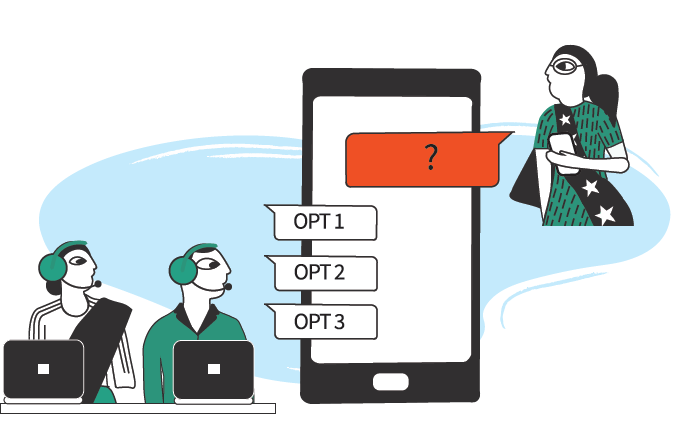Our experience of working intensively with partners on the ground shows that communities are capable of taking care of their water resources if their agency is built and they are provided with the right kind of knowledge and data. But working at scale requires many shifts in the traditional way of working, which tries to scale up what works. It calls for design changes in large scale programs to enable a “unified, but not uniform” way of working.
The first shift is in the way participatory programs look at the first mile (workers) or the front line, which traditionally carried the connotation of last mile and consequently has been the last priority for designing interventions. Communities or a first mile view is imperative for sustaining participatory water management initiatives at scale.
The second shift pertains to creating more and frequent interactions between various actors in the programs, including communities and master trainers, communities and PRI institutions, peer-to-peer (trainer or trainee) for enhancing self-efficacy of the learners and for building agency of various actors. This way capacity building can be much more demand-based, which in turn should determine what the training curriculum in a program should be.
It also includes redesigning knowledge, skill, and practice content for better consumption. Content should be atomised (short, specific to a topic or activity), task-oriented, and easy to access as well as share. It can help the first mile workers get to ‘first time right’ sooner. Content should also be created in a collaborative manner between trainers, cutting down duplication of efforts and ensuring higher re-usability.
The third shift is in terms of increasing observability in programs through real-time data generated as exhaust during the capacity building activities. Such data is trusted and verifiable and makes the trained assets visible to the ecosystem. Along with open learning assets, large scale programs should leave a digital footprint of trained resources in the ecosystem.
Programs should leave behind personal data in the hands of trainees as attestations so that they can assert their claims, get recognized in the ecosystem, and through a linkage to a certification system, get more livelihood opportunities showcasing the new skills. Large scale government programmes need to focus on these to ensure these principles are embedded in the programme guidelines and operating manuals.
In our journey to enable these shifts, we have experimented with certain solutions and services. Please click on each to know more about them.




